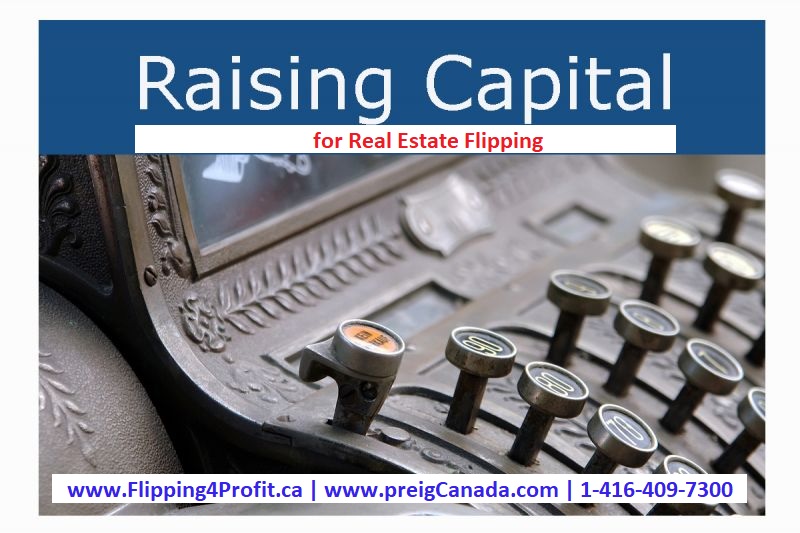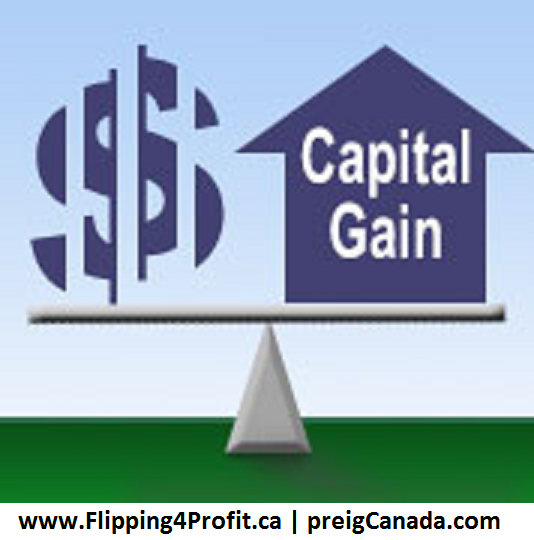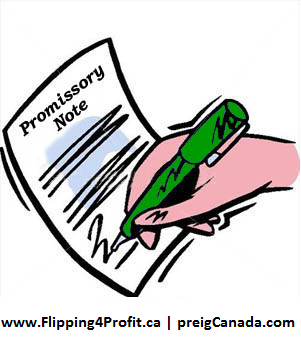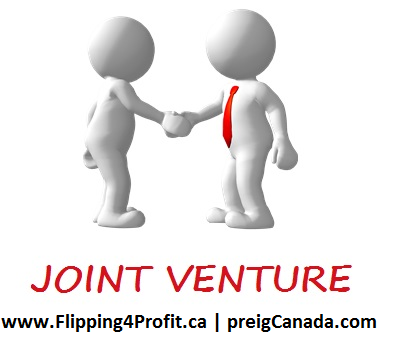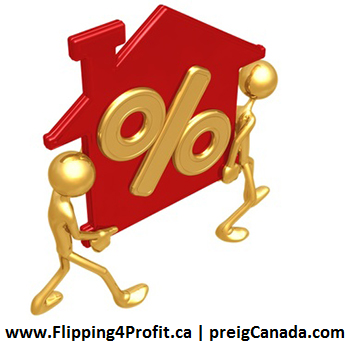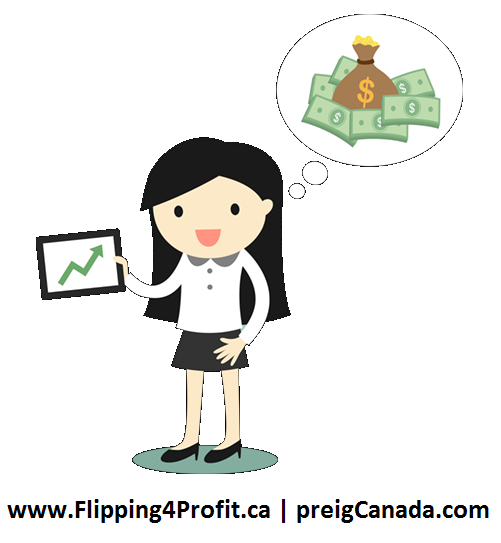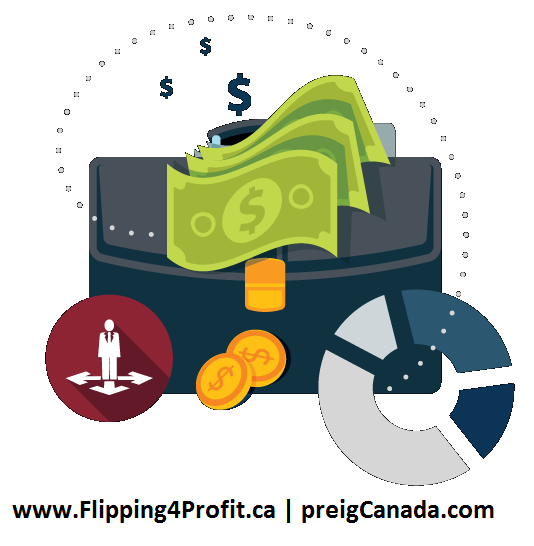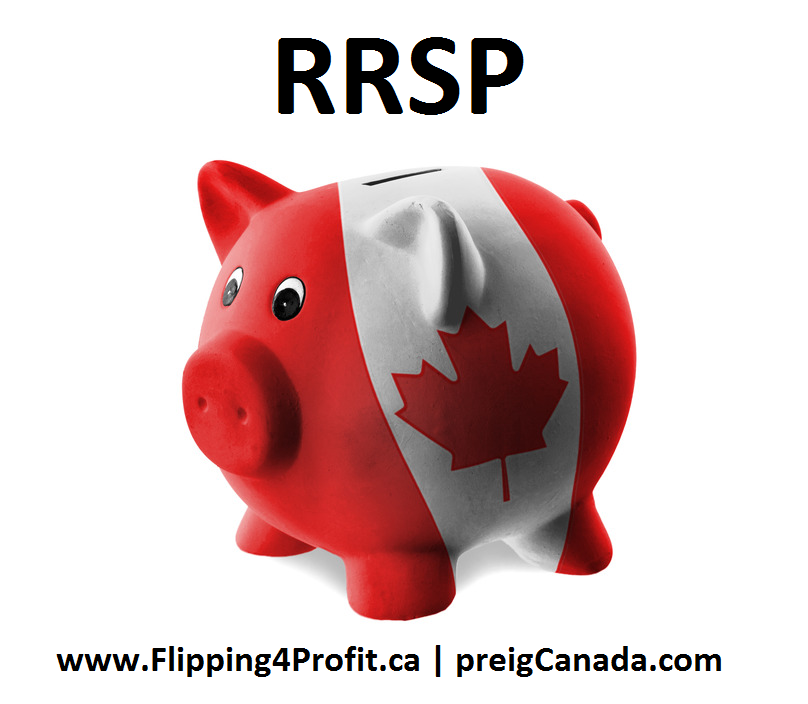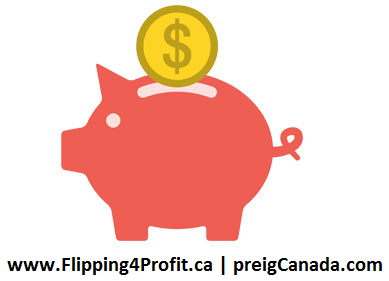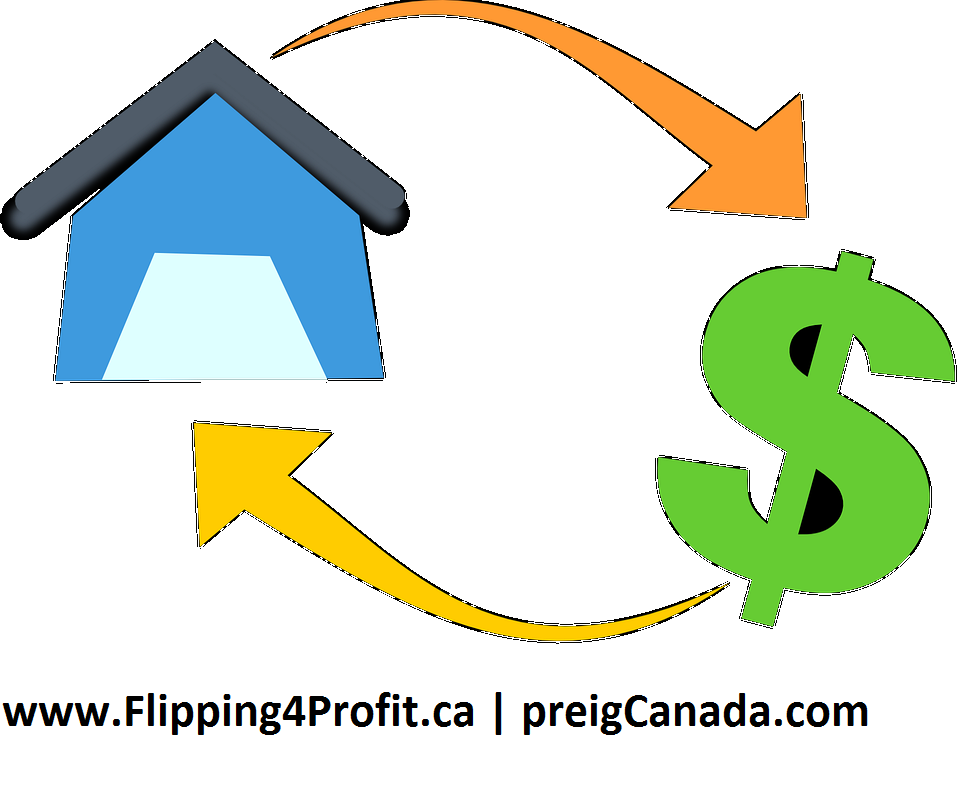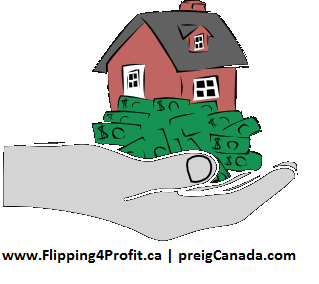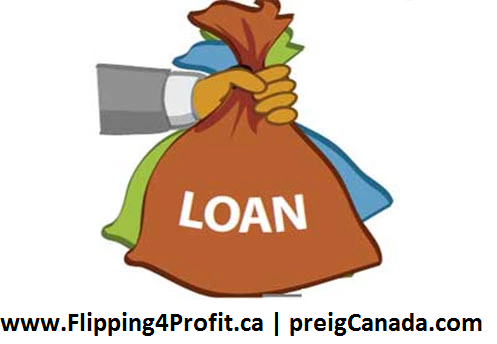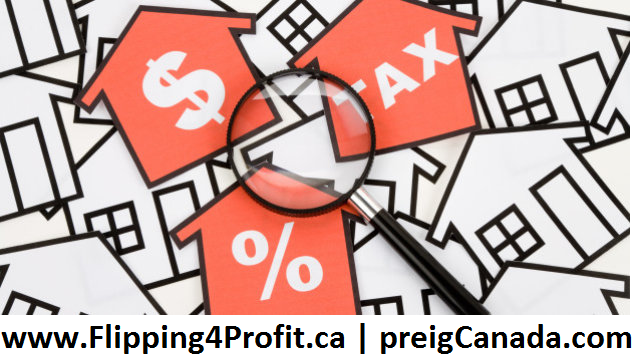- Nav Sing
- May 20, 2018
- Creative Financing
How to Raise Capital for Real Estate Flipping is very easy for those educated investors with proper training and coaching.
Every Canadian real estate investor faces the same dilemma, raising capital to acquire real estate can become challenging if you are not trained professionally by veteran experts. Canadian banks and lenders tend to become very nervous about flipping houses. The challenge begins with proof of funds, which is down payment, income verification, and the credit score. No matter what kind of property you want to buy the banks’ lending criteria is pretty harsh unless it is your principle residence. Do not blame banks or the lenders because they only prefer to do conventional mortgages. In this article we will share the secrets, strategies and expert opinions from veteran real estate experts.
One of the biggest challenges every investor faces is how to use other people’s money. Why should anybody trust you? You need to build your real estate empire by having proper planning, education and a plan of action. Your basic fundamentals and strategic presentation of every deal has to make sense for an investor or a lender to put their hard earned money in your hands. Every lender is very sensitive to the risk factor. They just want decent return with decent security on every deal.
How do you provide security and potential for high interest without a proper investment strategy? So here are the top 17 different strategies to raise capital to invest in real estate either for short term or long term basis:
- Capital Gains Deferral: A majority of investors are not aware of this very slick strategy which works almost 100% of the time when applied properly. The seller of the property may be facing a capital gains tax under the guidelines of the Canada Revenue Agency and they are allowed to defer their gains up to 5 years. That gives you up to 5 years of time where the seller does not need to get paid in full. Please check with your certified professional accountant as well as the Canada Revenue Agency, our strongest recommendation is to have both give you an answer in writing.

- Performance Mortgages: One of the best kept secrets; where you offer the lender a fixed rate of return plus a bonus on performance which means sharing the profit. The trick is to always under promise and over deliver to keep the lender happy forever. The cost of borrowing money is 100% tax deductible.

- Promissory note: One of the oldest methods of writing a debt to each other is also known as an IOU in writing signed, sealed, witnessed, and delivered to both parties. This is an agreement in which you will borrow money from somebody at a mutually agreed upon interest rate or no interest at all and return the funds on or before its maturity date. The beauty of a promissory note is there is no collateral, credit or income verification required.
How to Raise Capital for Real Estate Flipping
- Cash back mortgages: Apart from chartered Canadian banks, small credit unions and other lenders will be happy to finance your deal up to 110% as long as you are able to demonstrate that you were a high income earner in the past 3 years. You are able to make payments in time and your job does not require further verification. Doctors are the prime borrowers for these types of mortgages.

- Joint ventures: are very common for real estate investors. Once you start regularly attending Professional Real Estate Investors Group (PREIG) Canada’s meetings you will start gaining confidence and trust from other investors. Investors with cash will invest 100% of the capital required to do the deal as long as you find deep discounted deals with a verified current appraisal value. Remember AACI appraisals are like the words of gospel. You share the profit with the joint venture partners upon mutually agreed upon terms.

- Vendor take back mortgages: which is also known as VTB or owner financing. Once you ask a seller what they are going to do from the proceed of the sale of their home the reoccurring answer is often they are going to invest money in Canadian Guaranteed Investment Certificates or a savings account. You can offer them double the interest rate of current GIC year rate and offer them their own property as collateral.

- Tax free savings account(TFSA): Canadians have the privilege to invest their money from their tax free savings account in the stock market, mutual funds, and Canadian real estate mortgages. Most Canadians have kept the money either in savings accounts or on the stock market. You can offer them a better rate than the average rate of return on mutual funds. All the income they generate is tax free. Please check with Canada Revenue Agency guidelines and advice from a licensed professional.
How to Raise Capital for Real Estate Flipping
- Line of Credit: There are 2 types of lines of credit available. The first one is called a personal line of credit (PLC) which does not require any kind of security or collateral. Just like your credit card you are able to withdraw cash but pay substantially higher interest rate. The second one is called home equity line of credit (HELOC) which is secured by real estate or your principal residence. The interest rate of HELOC is exceptionally low since they are fully secured by real estate. Your investor can borrow money against their line of credit to invest with you. Remember never to use more than 2/3rds of its capacity otherwise your credit score will go down dramatically.

- Self directed Registered Retirement Savings Plan(RRSP): Canadians are allowed to invest their self directed RRSP into Canadian mortgages. The borrower, which is you, does not need to qualify with income, down payment, or credit score. One of the best strategies when borrowing money from a self directed RRSP is to have balloon payments. Balloon payments do not require you to make monthly payments but you must pay all of its interest upon its maturity. Olympia Trust in Canada is the most recommended place for self directed RRSPs.

- Savings Account: Your own savings account could be a source of down payment to acquire your own residence or investment properties. The Canadian banks and lenders like to see money in the account for a minimum of 90 days or more.

- Home Buyers Plan (HBP): Under the guidelines of the Canada Revenue Agency one can acquire their principle residence using their own self directed RRSP money as a source of down payment. There are 2 very sophisticated strategies one can use to benefit from this technique. One of them is called “let the tax man pay for your down payment”. The second one allows you to buy more than one property under this plan. You can learn more by attending Canadian real estate investment strategy apprenticeship.
How to Raise Capital for Real Estate Flipping
- Refinance: Bank of Nova Scotia’s slogan “You are richer than you think.” is absolutely right. Most of us have a lot of equity in our principle residence as well as investment properties. The lender (investor) can borrow money against the equity of the principle residence or investment properties to invest with you.

- Shadow Lenders: Also known as equity lenders. In Canada, they are also known as “B” lenders. They lend money against the equity of the property instead of qualifying you with credit or income. Over 3 million Canadians use shadow lenders to finance their properties. Interest rates are slightly higher but the lender fee and mortgage broker fee will cost you a pretty penny.
- Private Canadian Hard Money Lenders: are private real estate investors who like to have substantial return on their money and understand the game of flipping houses or the masters of flipping houses. As a flipper you only have to submit is a copy of current AACI appraisal based upon 2 factors:
A. The current market value of the property “AS IS”.
B. After Repair Value (ARV) which is based upon updating and rehabbing the property.
ARV also has a component of additions, basement apartments, coach houses, carriage houses, garden suites, adding a second suite, or laneway house.

- Cross Collateral: A very sophisticated strategy for institutional lenders, builders, land developers as well as house flippers. The lender can utilize several properties as collateral to advance the funds to acquire new properties.

- Syndicate mortgages: A group of investors pool their money together and register against the property as a first or second mortgage. Syndicate mortgages are very common for new construction for the purpose of getting project off the ground. Most of the money is spent in the soft cost which is architectural drawings, getting approval from the city, zoning, and land development charges. Syndicate mortgages can also be used for smaller projects but they are not worth the cost if you are raising 2 million dollars or more. It is as simple as asking a bonafide security commission approved mortgage broker to review your project. Let the experts handle the paperwork and raise the capital.

- Forgivable Canadian Real Estate Grants: Professional Real estate Investors understand the value of Canadian Forgivable Real Estate Grants, rebates and tax credits. The more money you can raise which you never have to pay back can exceed the value of the property you acquired. Just imagine that you own a piece of property that is absolutely free and clear without paying a dime for it. It only happens in Canada. Just to give you a hint most Canadians will use their own hard earned money as a source of their down payment. They spend hard earned money fixing, repairing and maintaining it instead of learning about forgivable grants.

- Learn more: from fellow real estate experts with proven track record of success. These experts in trenches have built lot of relationships with other cash investors. You meet these investors at Professional real estate investors group (PREIG) Canada. Stay away from TV gurus and celebrities since they are not flipping houses. Attend local network meetings and attend apprenticeship, LIVE field bus tours and see real deals in real time.

